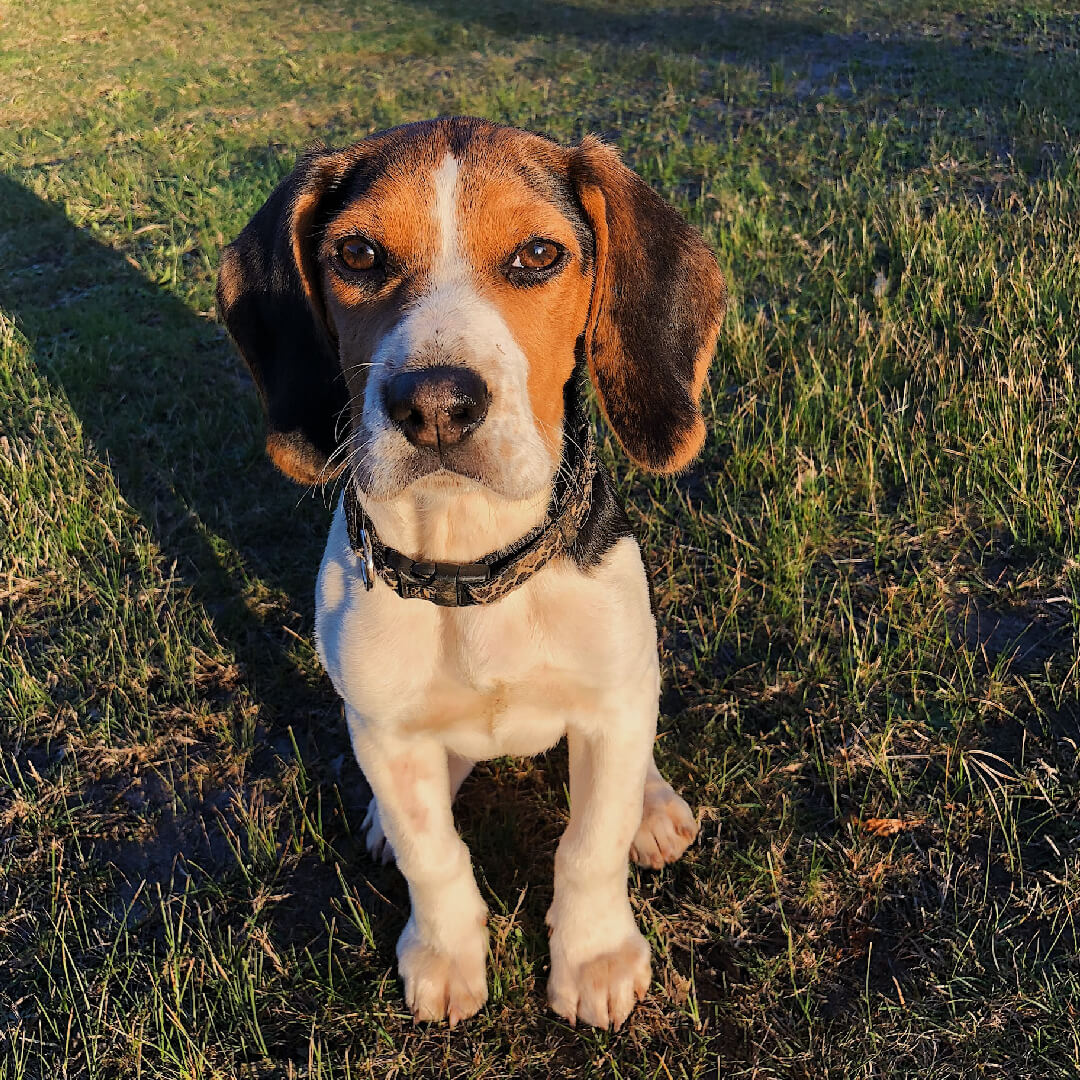Welcoming a furry friend into your home is a joyful experience, but it also comes with the responsibility of ensuring their safety and well-being. Just as you would baby-proof your home for a child, creating a safe and dog-friendly environment is essential for your canine companion. From puppy-proofing to maintaining a hazard-free space for adult dogs, here’s a comprehensive guide on how to create a secure and dog-friendly home.
1. Puppy-Proofing Your Home
If you’re bringing home a puppy, they’re likely to be curious and playful, which can lead to accidents. Puppy-proofing your home is crucial to keep them safe.
A. Secure Hazardous Areas
Identify areas where your puppy could get into trouble, such as the kitchen, bathroom, or any room with cleaning supplies or sharp objects. Use baby gates to block access to these areas.
B. Remove Small Objects
Puppies love to chew on things. Remove small objects like toys, coins, and small electronics from their reach. These items can be choking hazards.
C. Electrical Cords
Puppies may chew on electrical cords, which is not only dangerous for them but can also cause fires. Use cord protectors or keep cords out of their reach.
D. Toxic Plants
Some common houseplants are toxic to dogs. Remove any toxic plants from your home or place them where your puppy can’t access them.
E. Puppy-Proofing Supplies
Invest in puppy-proofing supplies like cabinet locks, door stoppers, and furniture edge protectors. These items can help prevent accidents and keep your puppy safe.
2. Regular Health and Safety Checks
Once your puppy matures into an adult dog, your safety considerations will evolve. It’s essential to conduct regular health and safety checks to ensure a dog-friendly home.
A. Fencing
If you have a yard, ensure that your fence is secure and tall enough to prevent your dog from escaping. Regularly inspect the fence for gaps or areas where your dog might dig under.
B. Check for Hazards
Regularly scan your home for hazards. Look for loose nails, frayed carpeting, or any other potential dangers that could harm your dog.
C. Cleaning Supplies
Store cleaning supplies in a secure cabinet or high shelf. Keep them out of your dog’s reach to prevent accidental ingestion.
D. Medications
Store medications in a secure place, ideally a locked medicine cabinet. Dogs can be curious and may chew on pill bottles if they can access them.
3. Provide Safe Toys and Chews
Dogs need mental and physical stimulation to stay happy and healthy. Providing safe toys and chews is essential for their well-being.
A. Select Appropriate Toys
Choose toys that are safe for your dog’s size and play style. Avoid small toys that could be a choking hazard for larger dogs.
B. Supervise Playtime
Always supervise playtime with toys, especially if your dog is an aggressive chewer. Remove any toys that show signs of wear and tear to prevent choking hazards.
C. Offer Safe Chews
Rawhide chews can be a choking hazard and may cause digestive issues. Opt for safe alternatives like natural beef bones or Kong toys stuffed with treats.
4. Training and Socialization
Proper training and socialization are vital for your dog’s safety and the safety of others.
A. Basic Commands
Teach your dog basic commands like “sit,” “stay,” and “come.” These commands can help you control your dog in potentially dangerous situations.
B. Leash Training
Ensure your dog is well-trained on a leash. Use a secure leash and collar or harness to prevent escapes during walks.
C. Socialization
Socialize your dog with other dogs and people to reduce the risk of aggressive behavior. A well-socialized dog is less likely to pose a danger to others.
5. Emergency Preparedness
Lastly, be prepared for emergencies. Knowing what to do in case of accidents or natural disasters can make a significant difference.
A. Emergency Kit
Create an emergency kit for your dog that includes their medical records, medications, food, and water. Store it in an easily accessible location.
B. Identification
Ensure your dog has proper identification, including a collar with ID tags and a microchip with up-to-date information.
C. Emergency Plan
Have a plan in case of natural disasters or emergencies. Know where you and your dog can go for safety.
Conclusion

Creating a safe and dog-friendly home is an ongoing process that requires vigilance and care. Whether you have a playful puppy or a mature adult dog, taking steps to prevent accidents and hazards is essential for their well-being. By following these guidelines and regularly evaluating your home for safety, you can provide a loving and secure environment for your furry friend, ensuring they live a happy and healthy life by your side.


